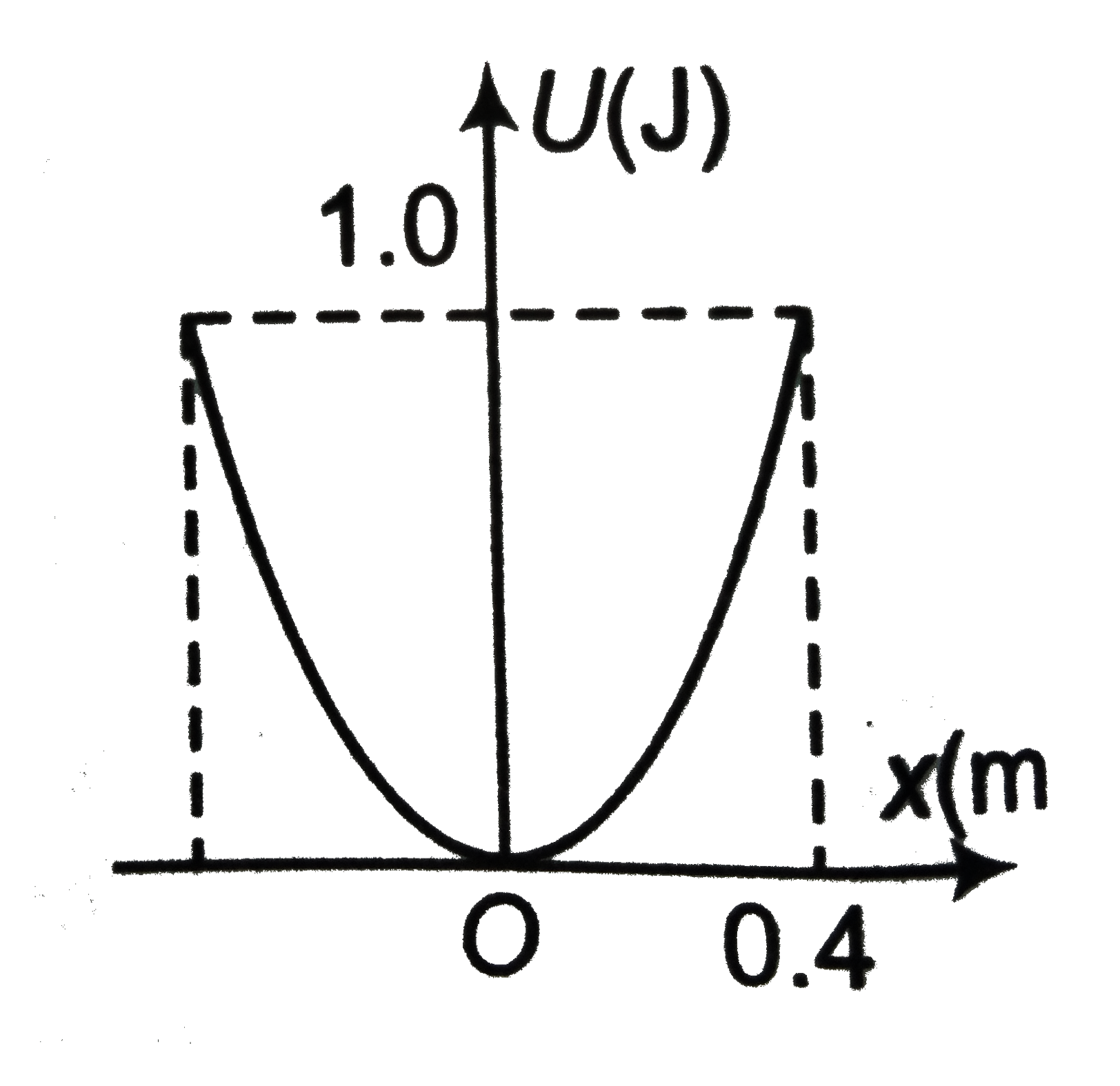The time period of a particle in simple harmonic motion is T. Assume potential energy at mean position to be zero. After a time of it passes its mean position its,
velocity will be one half its mean position, its
displacement will be one half its amplitude
acceleration will be nearly of its maximum acceleration
The correct Answer is:A, C
(A)
. (C )
Topper's Solved these Questions
- LINEAR AND ANGULAR SIMPLE HARMONIC MOTIONBOOK - CENGAGE PHYSICSCHAPTER - LINEAR AND ANGULAR SIMPLE HARMONIC MOTIONEXERCISE - Assertion Reasoning
6 Videos
- LINEAR AND ANGULAR SIMPLE HARMONIC MOTIONBOOK - CENGAGE PHYSICSCHAPTER - LINEAR AND ANGULAR SIMPLE HARMONIC MOTIONEXERCISE - Comprehension
33 Videos
- LINEAR AND ANGULAR SIMPLE HARMONIC MOTIONBOOK - CENGAGE PHYSICSCHAPTER - LINEAR AND ANGULAR SIMPLE HARMONIC MOTIONEXERCISE - Single Correct
107 Videos
- KINETIC THEORY OF GASES AND FIRST LAW OF THERMODYNAMICSBOOK - CENGAGE PHYSICSCHAPTER - KINETIC THEORY OF GASES AND FIRST LAW OF THERMODYNAMICSEXERCISE - Interger
11 Videos
- MISCELLANEOUS KINEMATICSBOOK - CENGAGE PHYSICSCHAPTER - MISCELLANEOUS KINEMATICSEXERCISE - Interger type
3 Videos
Similar Questions
A particle is executing simple harmonic motion with amplitude A. When the ratio of its kinetic energy to the potential energy is 14 , its displacement from its mean position is
View SolutionThe time period of a particle executing SHM is T. After a time T/6 after it passes its mean position, then att=0 its :
View Solution
Knowledge Check
The velocity of a particle in simple harmonic motion at displacement y from mean position is
Aω√a2+y2Bω√a2−y2CωyDω2√a2−y2The velocity of a particle performing simple harmonic motion, when it passes through its mean position i
AInfinityBZeroCMinimumDMaximumThe periodic time of a particle doing simple harmonic motion is 4 second . The time taken by it to go from its mean position to half the maximum displacement (amplitude) is
A2sB1sC23sD13s
A particle of mass 2kg moves in simple harmonic motion and its potential energy U varies with position x as shown. The period of oscillation of the particle is

View SolutionThe period of a simple harmonic oscillator is 2 s. If it crosses mean position at an instant. The time after which its displacement from the mean position will be half of the amplitude is.
View SolutionThe total energy of a harmonic oscillator of mass 2 kg is 9 J. If its potential energy at mean position is 5 J , its KE at the mean position will be
View SolutionA particle is executing simple harmonic motion with an angular at a 4cm. At the mean position the velocity of the particle is 10cm/sec .The particle from the mean position when its speed becomes 2cm/s is
View SolutionA particle undergoes simple harmonic motion having time period T. The time taken in 3/8th oscillation is
View Solution
